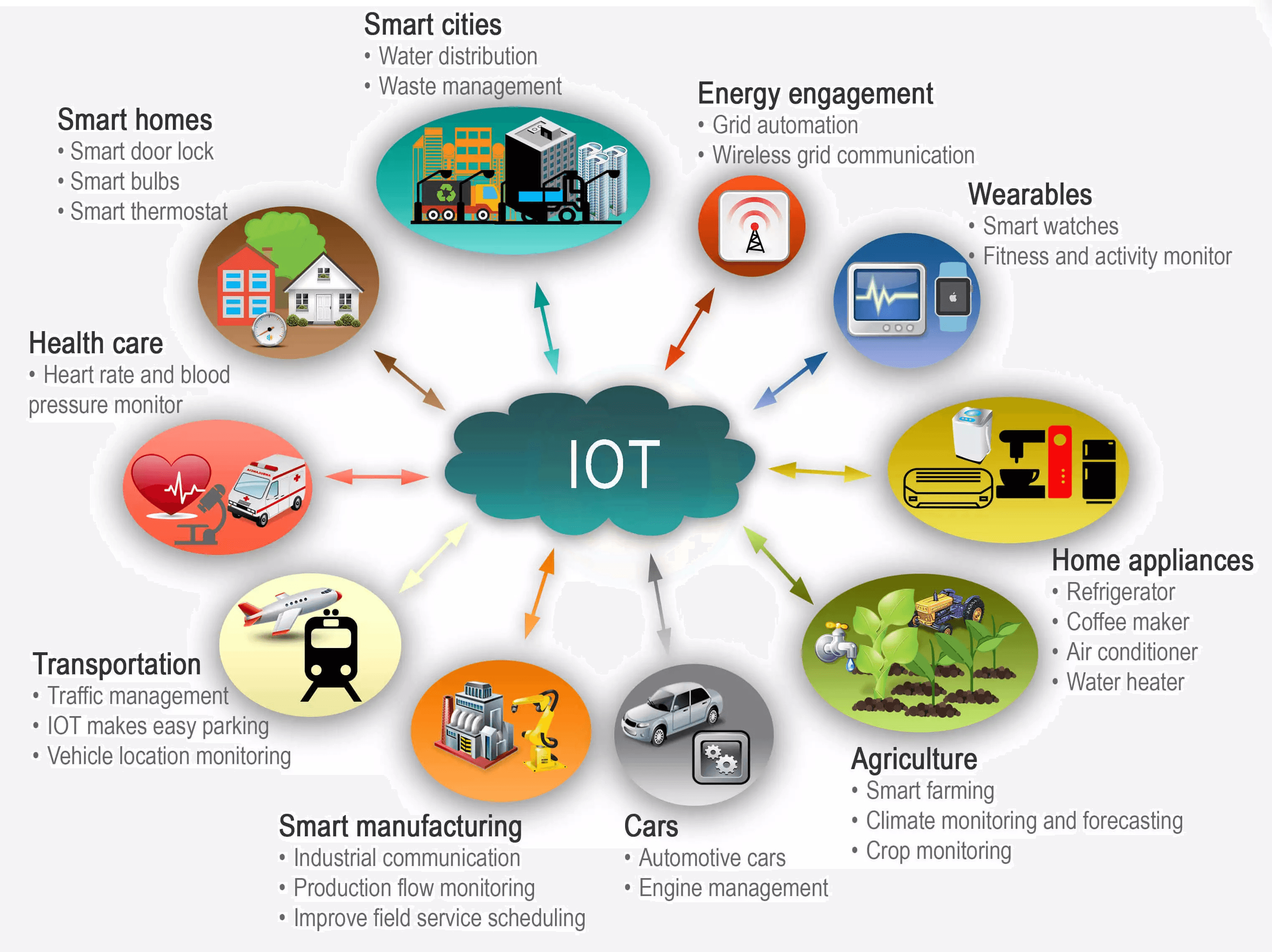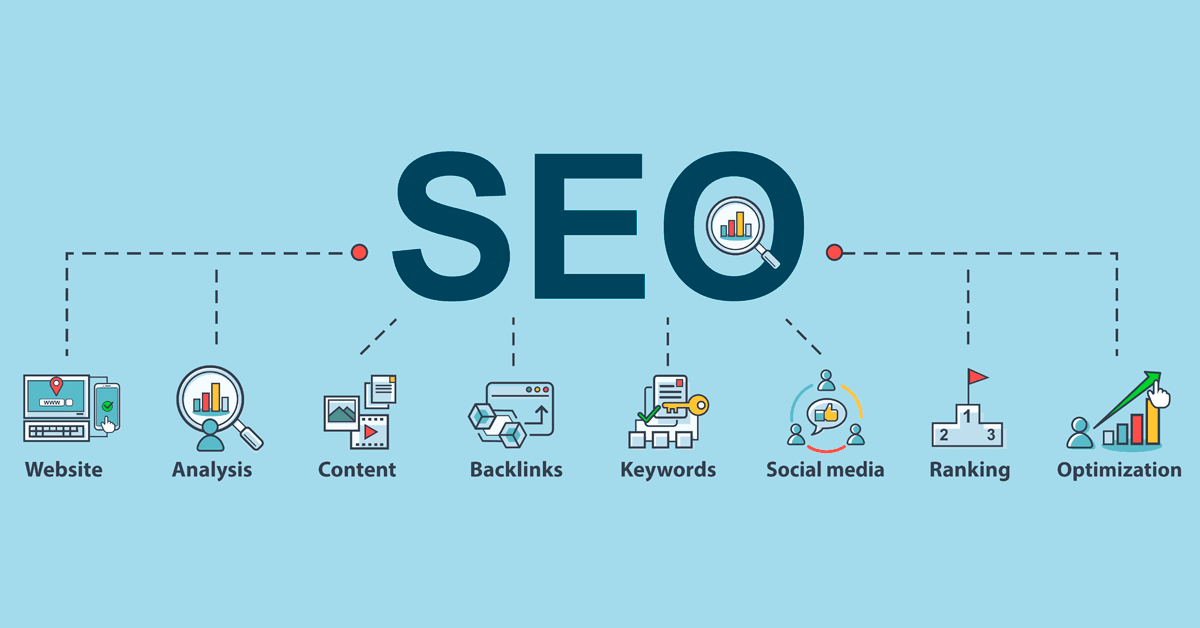
The Internet of Things (IoT) is one of the many forces that are driving digital transformation today. This paradigm shift has opened a wealth of opportunities for businesses and individuals. One key factor that powers the growth of IoT is the emergence of new and creative applications that make use of its potential. With this in-depth guide, we will discover the world of IoT application development services and get to know every detail about turning ideas into smart solutions.
Understanding IoT and Its Significance
What is IoT?
The Internet of Things is about the connected devices that interact with each other on the web, share and trade data. From everyday things such as refrigerators and thermostats to industrial machines and wearable devices can be used as these devices. The implementation of IoT could transform many industries by boosting productivity, automating processes, and providing useful information through data analysis.
Significance of IoT
IoT assumes an essential position in the digital transformation of industries. This results in benefits like improved operational efficiency, cost savings, better user experiences and the capability to take data-driven decisions. The fast-growing use of healthcare iot applications, manufacturing, agriculture, and smart cities is a clear demonstration of its importance in shaping the future.
Advantages of IOT Application

Efficiency Improvement:
Process Automation: IoT applications take over several tasks and processes to make operational efficiency better. Real-time Monitoring: Systems and devices are continuously monitored for quick reaction to issues that would result in reduced downtime.
Cost Savings:
Predictive Maintenance: Devices which are IoT-enabled are able to foresee when maintenance is required, preventing costly breakdowns and decreasing the overall maintenance costs. Energy Optimization: The implementation of smart energy management via IoT apps can help reduce costs by optimizing consumption.
Enhanced User Experience:
Intuitive Interfaces: A good design of IoT applications comes with user-friendly interfaces, making it easier for end-users to interact with connected devices. Personalization: The use of IoT applications can customize the experiences depending on the user preferences thus enhancing overall satisfaction.
Data-driven Decision Making:
Data Analytics: IoT applications are the ones that collect and analyze a lot of data, so it offers useful insights for decision-making with information. Business Intelligence: Instantly available data helps businesses to rapidly adapt to changing market trends and consumer behavior.
Improved Safety and Security:
Remote Monitoring: The surveillance through IoT applications improves safety by allowing remote monitoring of premises and assets. Data Encryption: By implementing powerful security mechanisms, data transmitted over the IoT network can be kept confidential and integral.
Scalability and Flexibility:
Cloud Integration: IoT applications rely on cloud platforms to store and process data at a large scale, which can accommodate increasing data volume. Interoperability: Well-**developed IoT applications** could effortlessly merge with different kinds of devices and platforms thus be flexible.
Competitive Advantage:
Innovation: IoT app development is a pioneering business strategy that helps businesses to innovate and gain a competitive advantage in their sectors. Adaptability: Early adopters of IoT are flexible and prepared for the upcoming technology.
Sustainable Practices:
Resource Optimization: IoT apps play an important role in sustainability by optimizing resource use, decreasing waste, and lowering environmental impact. IoT is instrumental in building smart cities that are smartly developed, green, and that enjoy high quality of life.
Remote Accessibility:
IoT applications provide remote control and monitoring features to users, making devices, appliances, and systems more convenient and accessible. Additional services can be made available through IoT applications thus promoting customer loyalty with a better and richer user experience.
Customer Loyalty:
Value-added Services: IoT applications can offer additional services, fostering customer loyalty through an extended and enhanced user experience.
2: The Role of IoT Applications

Importance of IoT Applications
Even though the notion of IoT is general, it's full potential can be realized through the creation of applications that address particular problems. These applications act as the intermediary between end users and connected devices, offering a user-friendly interface to enter and control the IoT ecosystem.
Types of IoT Applications
Consumer IoT applications: They are consumer-oriented and meant for everyday usage; examples include smart homes, wearable devices, and connected vehicles. ndustrial IoT Applications: These types of apps are designed to improve the industrial processes by making them more efficient, reducing downtime, and enabling predictive maintenance. HealthCare IoT Applications: These apps play a crucial role in remote patient monitoring, medical device integration and health data management.
3: IoT Application Development Services
Overview of IoT Application Development
IoT application development includes writing software that allows devices to communicate, collect, and analyze data. This process involves the use of hardware integration, software development and data analytics in order to deliver a smooth and effective solution.
Key Components of IoT Application Development

Device Connectivity: guaranteeing the harmony between devices through protocols like MQTT or CoAP. Data Safety: setting up strong safety measures to secure data that is transmitted within the IoT network. Cloud Integration: using cloud platforms for the storage, processing and analysis of IoT data on a scale. User Interface (UI) Design: making easy-to-use interfaces for end-users to interact with IoT devices and get access to the necessary data. 3.
IoT Application Development Life Cycle
The development life cycle encompasses the process from the ideation stage, design, prototyping, testing, deployment to ongoing maintenance. Each stage is critical in achieving the desired outcome and sustaining the IOT application.
4: Transforming Ideas into Smart Solutions

Ideation and Conceptualization
The evolution of a concept into a smart solution starts with having a complete comprehension of the problem statement and the desired result. This stage requires brainstorming sessions, market research and feasibility studies to be conducted.
Prototyping and Design
When a prototype is created, developers are able to see the applications features and the user interface. The process of creating an interactive prototype is iterative, involving feedback loops for refining the design and enhancing user experience.
Development and Integration
The IoT application development commences as soon as the design is settled. It involves the coding, integration with IoT devices and the implementation of the essential features to achieve the required functionality.
Testing and Quality Assurance
The bugs, security vulnerabilities and performance issues must be discovered and rectified through the use of comprehensive testing. This is to ensure the reliability and stability of the IoT application in the real world.
Deployment and Maintenance
Once successful testing is done, the IoT application is deployed for end-users. Ongoing maintenance is a must to tackle updates, security patches, any emerging issues so as to secure the long-term viability of the solution.
5: SEO-Friendly Content for IoT Application Development Services

Importance of SEO for IoT Services
In a period where online visibility is at the heart of things, content optimization for search engines is a top priority for companies that offer IoT application development services. SEO, or Search Engine Optimization, increases the probability of finding potential customers who are actively looking for such services.
SEO Best Practices
Keyword Research: Discovering suitable keywords which are connected to IoT application development services and should be added to the content naturally. Quality Content: Create quality content that will be engaging and informative and will address the needs and concerns of the target audience. Backlinking: Develop a strong backlink network of high-quality backlinks to help in building trust and enhance search engine rankings. Mobile Optimization: Make sure the content can be easily reached and is user-friendly on all devices, especially mobile devices.
Creating SEO-Friendly Content
Crafting SEO- friendly content requires a smooth incorporation of keywords, giving value to the information and maintaining the natural flow. In the sphere of IoT application development services, the content must display know-how, promote cases with a high success rate, and give an overview of current industry trends.
6: Industry Trends and Future Outlook
Current Trends in IoT Application Development
Edge Computing: It processes data closer to the source, cutting down on latency and allowing for better real-time decision-making. 5G Integration: 5G networks are here to provide faster and more reliable connectivity, which in turn will enable a new crop of IoT applications. AI and Machine Learning: Incorporation of artificial intelligence and machine learning algorithms to generate valuable insights from the ocean of data produced by IoT devices.
Future Outlook of IoT Applications
The future prospects of IoT applications are bright, with technological advances paving the way for more sophisticated and intelligent solutions. Predictive analytics, improved security measures and increased interoperability are anticipated to be the major drivers of IoT application development.
Conclusion
IoT application development services are an essential component in achieving the full potential of the Internet of Things. It is this process that entails converting ideas into smart solutions through a deep knowledge of the IoT ecosystem and effective development processes coupled with SEO friendly content strategies. In the course of time, as we manage to wend our way through the changing world of technology, adoption of IoT will certainly become a game changer for many businesses, making a more connected and productive world.
